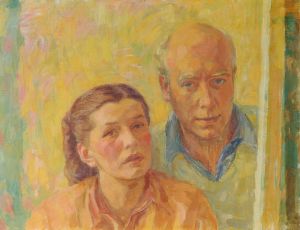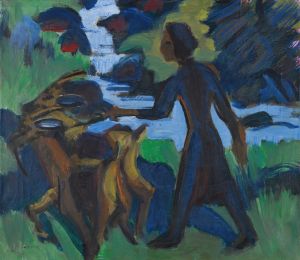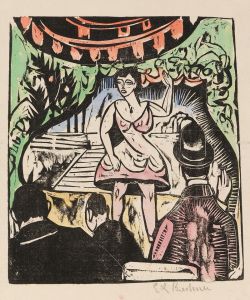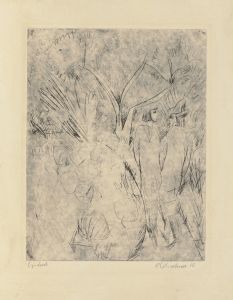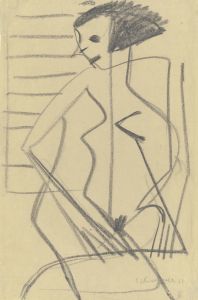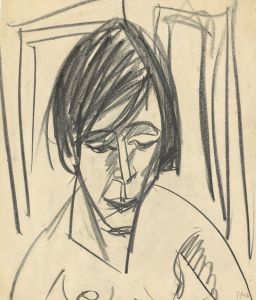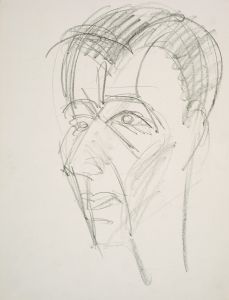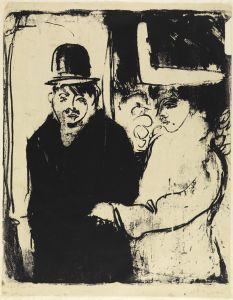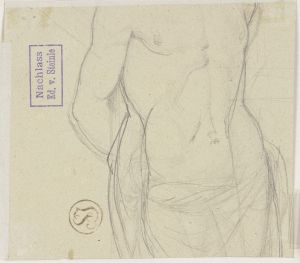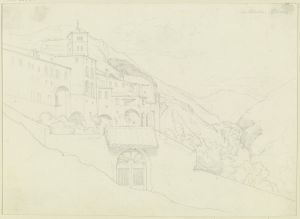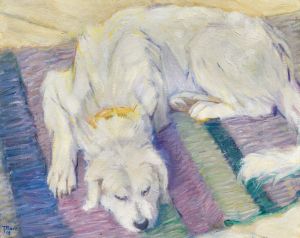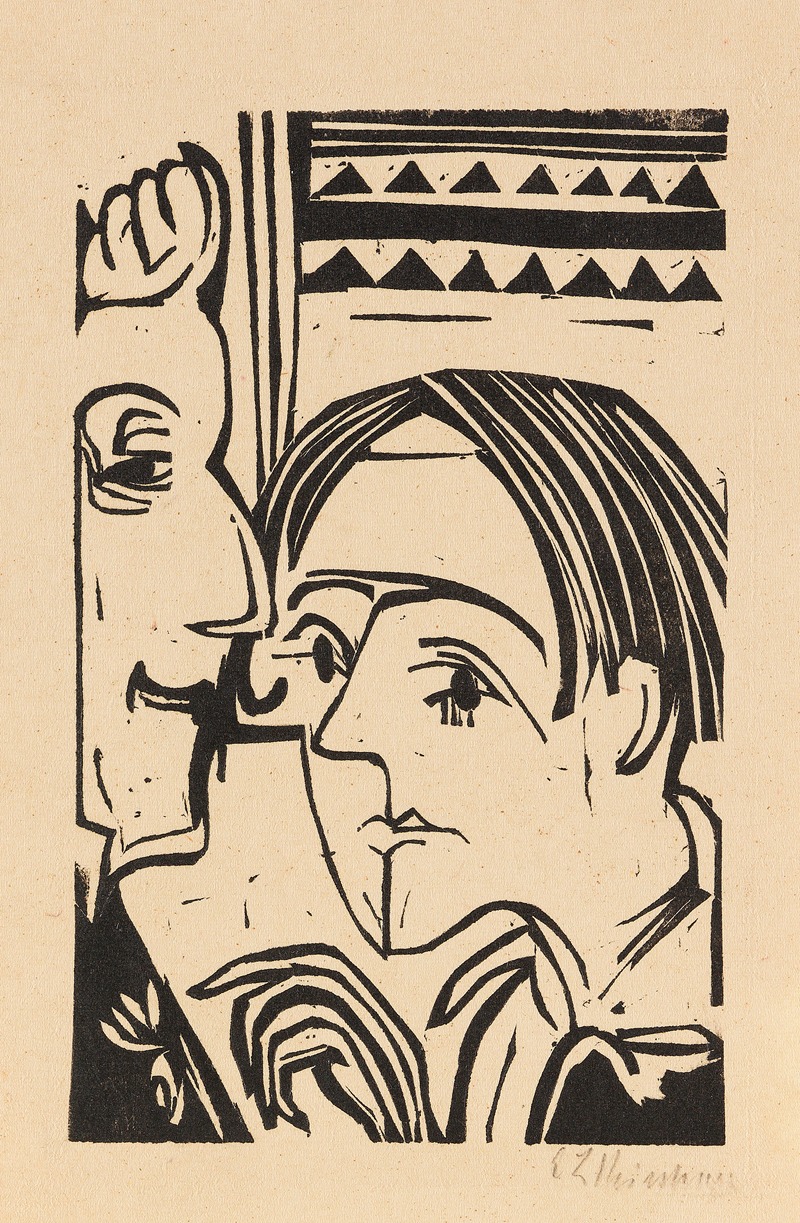
Frau und Mann
A hand-painted replica of Ernst Ludwig Kirchner’s masterpiece Frau und Mann, meticulously crafted by professional artists to capture the true essence of the original. Each piece is created with museum-quality canvas and rare mineral pigments, carefully painted by experienced artists with delicate brushstrokes and rich, layered colors to perfectly recreate the texture of the original artwork. Unlike machine-printed reproductions, this hand-painted version brings the painting to life, infused with the artist’s emotions and skill in every stroke. Whether for personal collection or home decoration, it instantly elevates the artistic atmosphere of any space.
"Frau und Mann" (Woman and Man) is a painting by the German expressionist artist Ernst Ludwig Kirchner. Kirchner, born on May 6, 1880, in Aschaffenburg, Germany, was a founding member of the artist group Die Brücke (The Bridge), which played a pivotal role in the development of Expressionism in the early 20th century. The group aimed to create a new artistic style that would form a bridge between the past and the present.
Kirchner's work is characterized by bold colors, dynamic compositions, and a sense of emotional intensity. "Frau und Mann" is no exception, showcasing his distinctive style and thematic concerns. The painting depicts a man and a woman, rendered in Kirchner's typical expressive manner. The figures are often portrayed with exaggerated features and vibrant colors, emphasizing their emotional states and the psychological tension between them.
The exact date of "Frau und Mann" is not definitively known, but it is believed to have been created during Kirchner's most productive period in the early 1910s. This was a time when he was deeply involved with Die Brücke and was exploring themes of modernity, urban life, and human relationships. The painting reflects Kirchner's interest in the complexities of human interaction and the alienation often felt in contemporary society.
Kirchner's technique in "Frau und Mann" involves the use of strong, angular lines and a vivid color palette, which are hallmarks of his expressionist style. The figures are set against a background that is both abstract and suggestive of an interior space, creating a sense of intimacy and tension. The use of color and form in the painting serves to convey the emotional states of the subjects, with the bold contrasts and dynamic composition drawing the viewer's attention to the psychological drama unfolding between the man and the woman.
Ernst Ludwig Kirchner's career was marked by both critical acclaim and personal struggles. He was deeply affected by his experiences during World War I, which led to a decline in his mental health. Despite these challenges, he continued to produce significant works of art until his death in 1938. Kirchner's contributions to the expressionist movement have had a lasting impact on the art world, and his works are celebrated for their emotional depth and innovative use of color and form.
"Frau und Mann" is an important example of Kirchner's exploration of human relationships and the emotional undercurrents that define them. The painting is held in high regard for its ability to capture the complexities of human interaction through the lens of expressionism. It remains a significant piece within Kirchner's oeuvre and continues to be studied and appreciated for its artistic and historical value.






